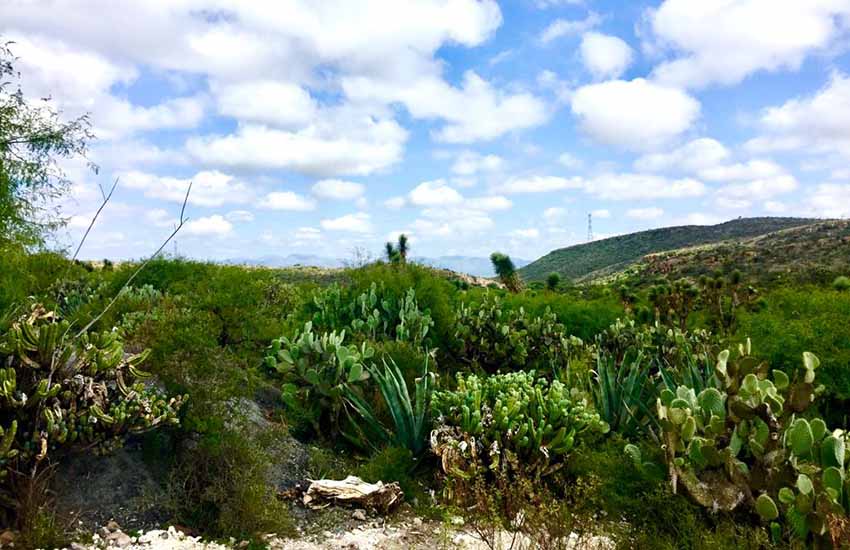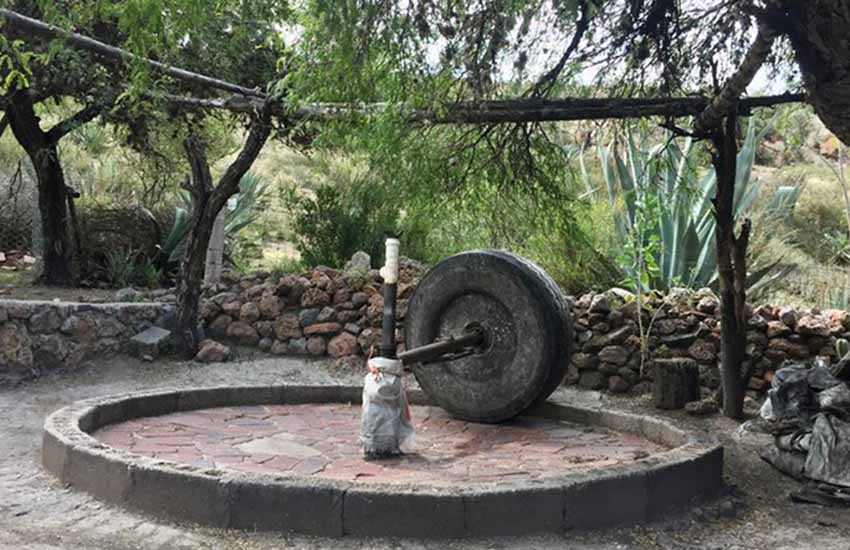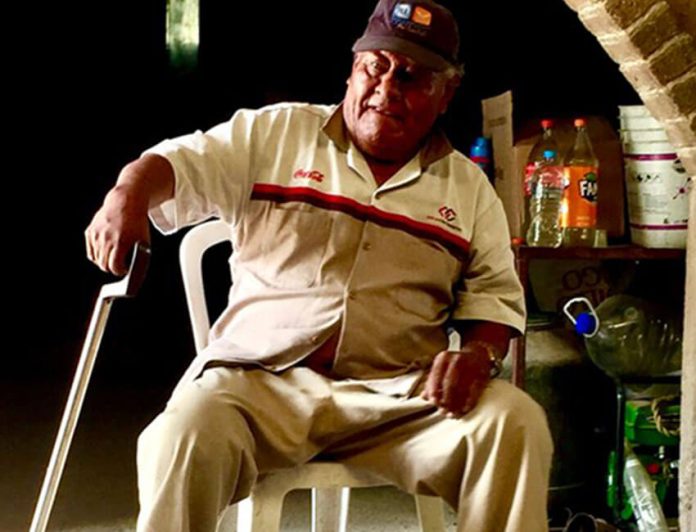Mexico’s most famous drink is, of course, mezcal, which everyone knows originated in…San Luis Potosí?
Though more than 70% of mezcal is produced in the state of Oaxaca, recent years have seen an upsurge in mezcals of exceptionally high quality from elsewhere in the country, most notably San Luis Potosí.
To those in the know, however, this is nothing new: San Luis Potosí has an illustrious heritage of mezcal production, which carried on until Mexico’s revolutionary period, when it fell into underproduced obscurity.
But San Luis Potosí is one of 12 Mexican states of designated origin, and the state and the drink were thrust back into the media spotlight in 2019 in the wake of Mezcal Júrame, a mezcalería opened in the 1990s that won a medal in the Concours Mondial de Bruxelles México selection competition that year. It won medals at the competition for the next two consecutive years — in 2021, it won a gold medal.

Produced using the wild agave salmiana in the Potosino highlands at La Flor mezcaleria, Júrame honors the connection between the land, the producers, and the consumers of mezcal. The wild agave is at the mercy of the seasons; if there are no rains, there will be no crop, and the plant takes between six and 10 years to mature, meaning patience is built into every facet of production.
Unlike tequila, mezcal is rarely subject to industrial processes and is mostly produced by artisans who have handed the idiosyncrasies of their methods down through generations. A village in a mezcal-producing region may contain a number of production houses, also known as palenques, each with its own unique spin on the process.
The piña, or heart of the agave plant, is roasted for up to three days underground over a pit of hot rocks (giving it that all-important intense smokiness). The resulting product is crushed, mashed, and left to ferment. The liquids are then collected from the fermented mash and distilled — the end result is “the elixir of the gods.”
There are now a number of famed mezcal brands in San Luis Potosí; Júrame sits alongside other brands like Mezcal Derrumbes and Mezcales de Leyenda on the international spirits scene.

But what is it that sets Potosino mezcals apart from other states?
Simply put, it is the quality of production and the terroir (the environment and topography of a region that imparts flavor onto a drink). San Luis Potosi sits at a high altitude with little rainfall to water the agaves but high mineral content, which gives the mezcal its unique flavor.
The quality of the land also speaks to generations of producers tending the agaves, meaning that mezcal in San Luis Potosí is more than simply a drink; it is a link to a part of the Potosino identity dating back hundreds of years.
The mezcal in San Luis Potosí is at the heart of a culture, and with an increasing national and international recognition of its quality comes the opportunity to share the culture and values that make San Luis Potosí unique.
Augurio Alejandro Hernández López is a professional tour guide who also works at the San Luis Potosí Ministry of Culture.
“It’s a fascinating topic,” he says, the enthusiasm bright in his eyes. “Mezcal is such an innate part of the Potosino heritage and history. It continued to be produced after the revolution here, but mostly for local consumption.
“We also used to produce table wines… But a few years ago, there was a significant resurgence in local mezcal made by traditional methods, many of which started winning national prizes, beating the Oaxacan mezcals that had been the more recent winners.”
Of all of these, says Hernández, the maker Mezcal Campanilla is the best. Brewed in a mezcalería that’s over 200 years old in the Palmar community of Mexquitic de Carmona, the skill and knowledge required to elaborate this finest of drinks has been handed down from generation to generation.

Remarkably, what’s currently considered a national icon was only a few years ago felt to be a drink of poor quality that had various run-ins with the authorities — who were intent on closing down both production and premises.
Infamous no longer, Mezcaleria Campanilla is now a highly sought brand both nationally and internationally, as fashion-savvy consumers pursue an authentic drink suddenly back in the limelight.
The fame its success story has brought to this little community on the altiplano is not just about validation or economics, it also means that the young people of Mexquitic de Carmona are no longer leaving town for the cities or for the USA. Now that there is a functioning, successful industry in town, they and the town have a future.
Sure, it’s about the mezcal, but it’s also about a social future for the townspeople.
San Luis Potosí used to be thought of as cowboy country. Now, it’s synonymous with high-quality, highly desirable mezcals.
Shannon Collins is an environment correspondent at Ninth Wave Global, an environmental organization and think tank. She writes from Campeche.
